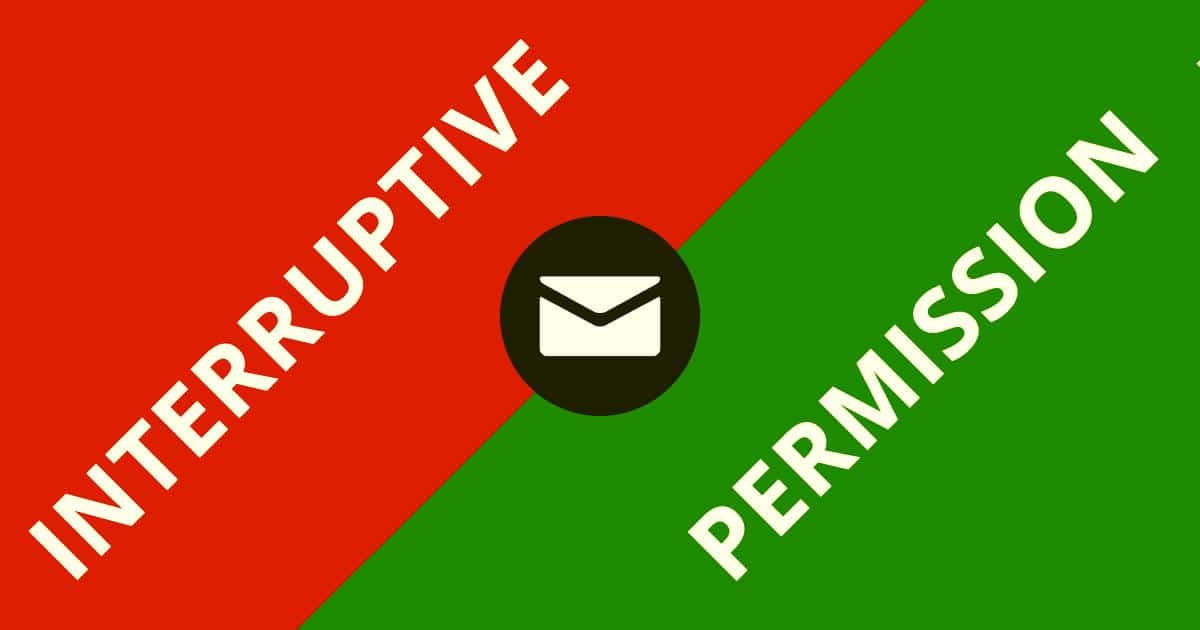Do you want your email to be opened, read, and clicked? Or do you just want to send an email?
Just because you have someone’s email address does not mean you should email them.
Technically, there’s nothing to stop you from pushing send. But pause for a moment, and consider if you should send that email.
It is far easier to make a sale to an engaged prospect than it is to make a sale to a prospect you are dragging with you every step of the way.
Benefits of Permission-based Marketing with Pardot
People who receive emails they were not expecting (or did not opt-in to receive) often ignore the emails or delete them without reading them. At worst they mark you as a spammer.
When people explicitly opt into your emails, their rate of engagement goes through the roof. You’ll be able to tell the difference because when they want to receive email from you, they will:
- Open email
- Click links
- Download
- Complete forms
- Reply to the email
In short, they will engage with you.
And by engaging with you and your messaging, you will be able to turn them over to the sales team sooner and close the sale sooner.
GDPR and Permission-based Marketing
As a sort of bonus, following permission-based marketing best practices puts you in a good position to be in compliance with GDPR.
GDPR is the regulation in the European Union that puts the onus on you (the company) to collect permission to track and communicate with your website visitors. This includes only sending marketing emails to your European Union prospects who explicitly opt-in to receive email from you.
The good news is that Pardot lets you track all of the interactions you have with your prospects, and track their consent.
From putting some opt-in checkboxes on your Pardot forms to tracking the dates those opt-ins were performed, to performing a double opt-in email process, it can all be set up in Pardot to automatically track which marketing messages your audiences want to receive.
Permission-based Marketing: good for sales, good for GDPR
If you are already following permission-based marketing and collecting consent and opt-ins and double-opt-ins, then a few small changes can get you aligned with GDPR.
If you are not following permission-based marketing practices then now is the time to start.
Let us know if you need help setting up a GDPR compliant permission-based marketing program.


